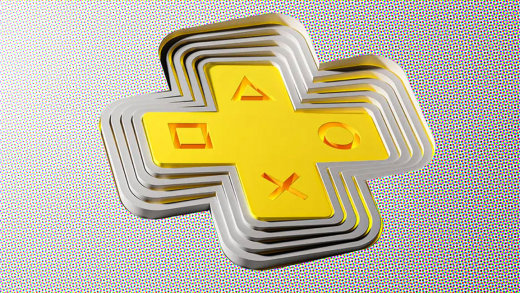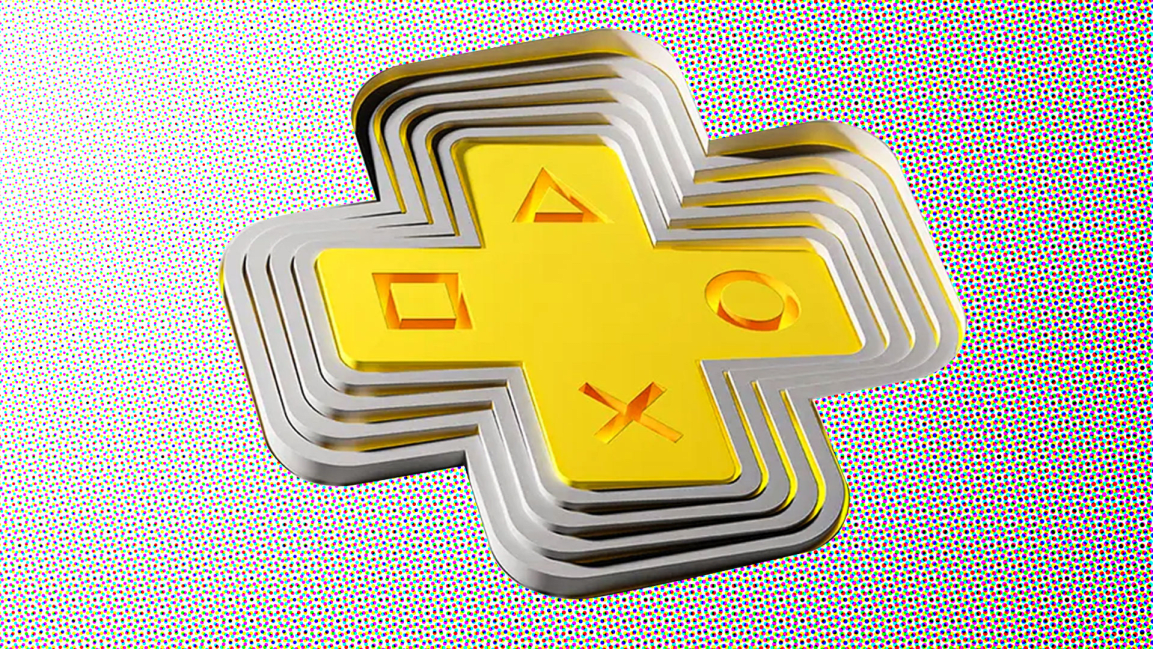Sony’s new PlayStation Plus takes aim at Microsoft—with one big difference
The fusing of Sony’s PlayStation Plus and PlayStation Now services was inevitable. Not only did the two subscription offerings individually fall short of Microsoft’s Game Pass offerings, the similar names of the offerings created confusion among some users.
So Tuesday’s announcement that a new combined service would launch in June didn’t pack the punch that many gamers were hoping for. Instead of picking up the gauntlet Microsoft threw at its feet, Sony continues to play on its own terms while offering enough perks to keep its large (and faithful) audience from straying.
Microsoft’s Game Pass is a value proposition—and a really good one. Subscribers pay either $10 (console or PC only) or $15 (both systems, as well as mobile) per month and have a large catalog of games immediately available to them, including day one access to any new title from the Xbox Game Studios team (including monster franchises like Halo, Gears of War and Forza).
The revamped PlayStation Plus will have some of that, including a sizable catalog of older games and time-limited game trials of newer ones (but not the ability to play from start to finish). Prices will range from $60 to $120 per year, depending which of the three tiers you choose.
But buried in Tuesday’s announcement was also a line about a catalog of classic games from the original PlayStation, PS2, and PSP—something Sony hasn’t offered before. Given the rise in nostalgia gaming we’ve seen in the past year or two, that’s a hook that could play well with the PlayStation audience.
Sony’s move, as it has been described so far, is one of convenience and consolidation, not competition. It transitions the relatively small PlayStation Now audience (which Niko Partners’ Daniel Ahmad estimates to be fewer than 2.5 million versus more than 47 million for PlayStation Plus) to a similarly priced offering that has a few extra features.
At the same time, it gives PlayStation Plus customers a chance to pay a bit more each month for significantly more services. So, it could be a big boost to the unit’s bottom line.
Sony, though, is the master of the slow burn—second only, perhaps, to Rockstar Games. It releases information in a very deliberate manner, which sustains user interest. Right now, there’s not a lot of incentive for PlayStation Plus customers to upgrade. But there are also a lot of unanswered questions.
Which PlayStation, PS2, and PSP games, for instance, will be included in the Premium tier (which carries an annual cost of $120 versus $60 for PlayStation Plus today)? Will all new AAA titles have time-limited trials? Will that be on day one? And how long will that time limit be?
While it’s easy to take shots at Sony for not matching the features of Game Pass, you do have to give the company credit for not forcing additional services onto customers at a higher price, a more common move in the video game industry. It shows a sensitivity to current economic conditions and still sets the stage for upgrades, which could become the base tier at some point in the future.
Make no mistake, though. Sony can only avoid the value game its competitor is touting for so long. Microsoft, through its string of high-profile developer acquisitions and normalization of a Netflix-like distribution model, is changing player mindsets—and the days of paying $60 or more per title aren’t likely to last on a broad scale.
By gently guiding users toward that model and not hitting them with the accompanying sticker shock at the outset, though, Sony could be better positioned than many expect when the time comes to adopt an all-you-can-play style of game distribution.
(55)



